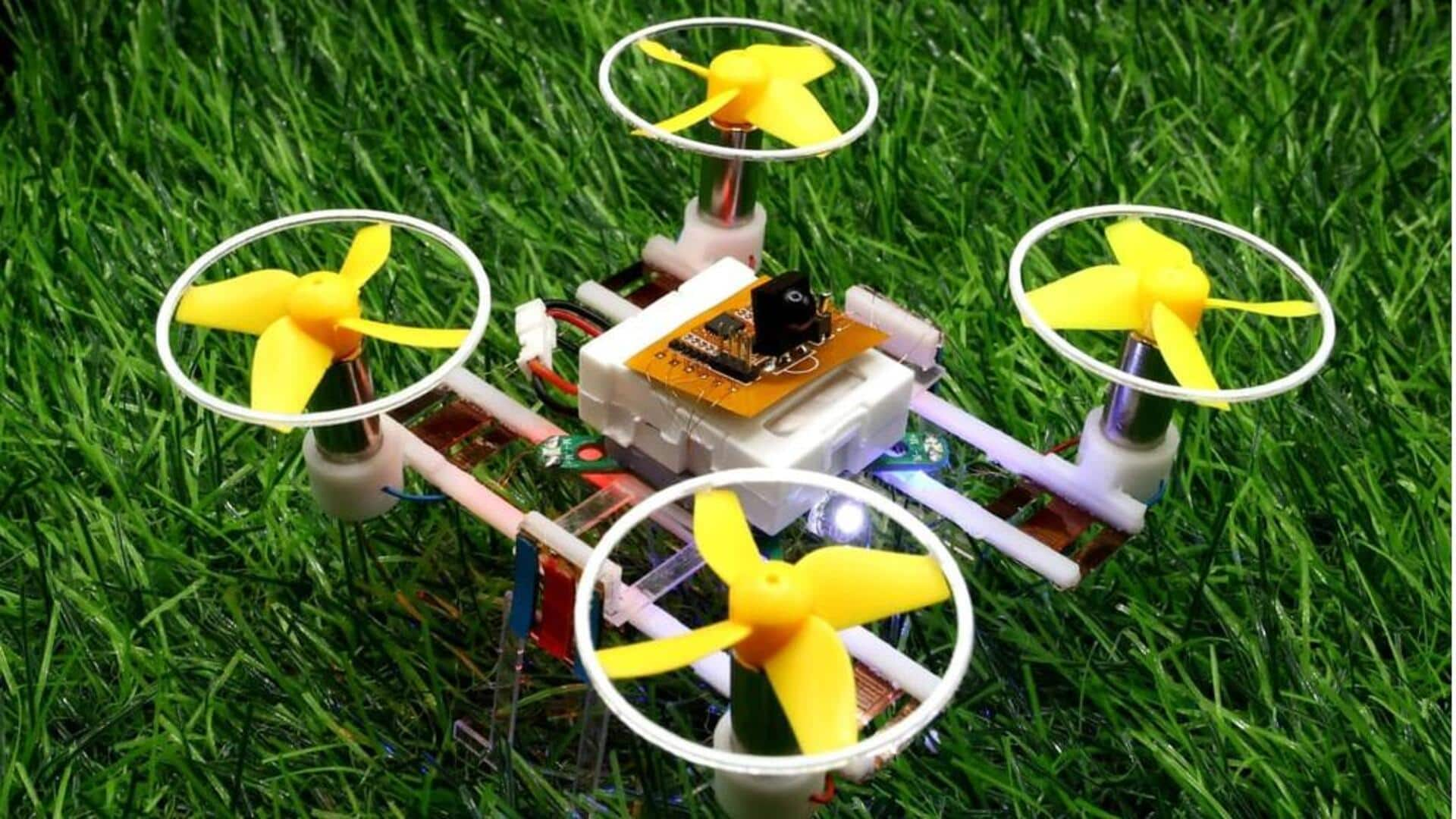
The world's smallest, lightest wireless robot is capable of shape-shifting
What's the story
In a major development, a team of Chinese researchers has created the world's smallest and lightest wireless robot. The innovative creation can change its form to navigate terrestrial as well as aerial environments. The team from Tsinghua University and Beihang University took inspiration from LEGO blocks for this project. They believe their microrobot could be instrumental in complex scenarios like disaster rescue operations.
Tech
It utilizes a 'morphable actuator'
At the core of this microrobot is a "morphable actuator" - a device that converts energy into force. The research team has suggested that their new actuator could also be utilized in the development of medical devices as well as parts of virtual and augmented reality. They presented the idea in a paper published in Nature Machine Intelligence journal.
Testing
Performance in real-world tests
The microrobot, which is only 9cm long and weighs 25g, showcased its unique capabilities in outdoor tests. It flew over obstacles, landed safely, and then switched to terrestrial mode for ground navigation. This shape-shifting ability enabled it to navigate slopes, wedge-shaped surfaces as well as move through tight spaces at different heights.
Applications
Potential applications of the bot
The researchers envision this microrobot being employed in a range of fields. These range from environmental monitoring and accessing high-risk zones like those with failed equipment or geological exploration sites. In disaster rescue situations, it can crawl through rubble to find survivors, switch to water sports mode on reaching flooded areas, and even shift to flight mode in open spaces for rapid transportation.
Prowess
Microrobot's unique capabilities
Unlike other small-scale insect-inspired robots, which are restricted to aerial missions and can't adapt to changing environmental conditions, this microrobot can easily switch between motion modes depending on the environment and the task at hand. This capability greatly expands its range of applications. As the researchers say, their microrobot provides more environmental adaptability and longer battery life than any other wireless morphable land-air robot available today.